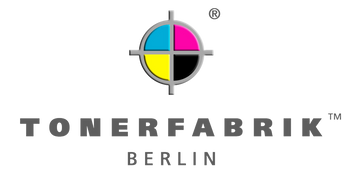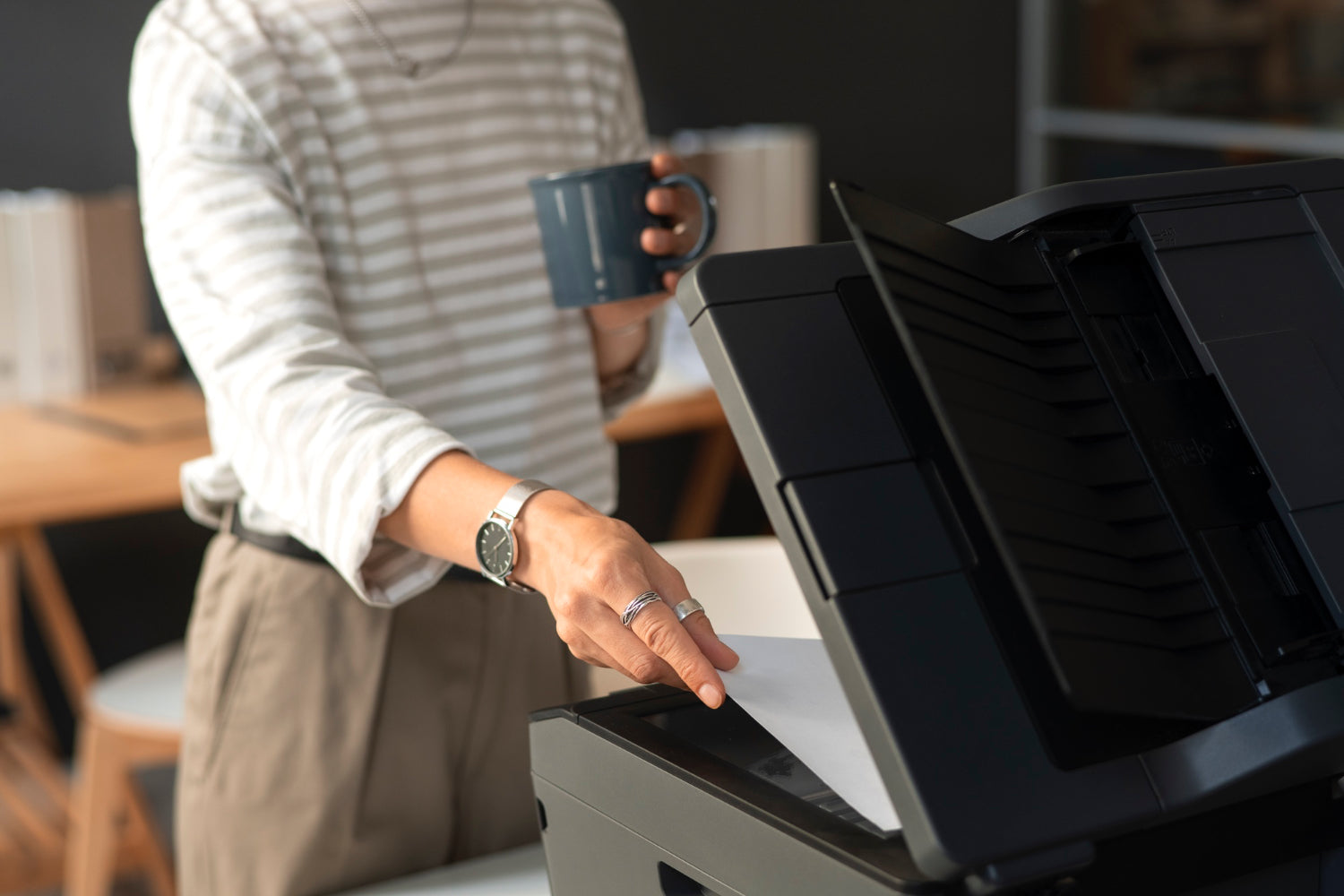Introduction to installing Brother printer drivers
Welcome to the comprehensive guide to installing Brother printer drivers. This process may seem complex at first, but with the right knowledge and tools, you can set up your new printer quickly and efficiently. Correct installation is crucial to ensure full functionality and optimal performance from your printer. In the following sections, we explain why it is so important to install the driver correctly and what preparatory steps you should follow.
Why correct installation is crucial
Properly installing the printer driver is crucial to the functionality of your Brother printer. It ensures that the printer and computer communicate efficiently, which is crucial for the quality and speed of your print jobs. Without the correct driver installation, you may encounter problems such as frequent printer errors, poor print quality, or even a complete lack of print jobs. An up-to-date driver also ensures that your printer remains compatible with the latest operating system updates and protects your system from potential security risks that can arise from outdated software.
Steps before installation
Before you start installing the Brother printer driver, there are some preparatory steps you should take to ensure a smooth installation process:
-
Check model and system compatibility: Make sure you know the exact model number of your printer and that the driver is compatible with your operating system. You can find this information on the Brother website or in your printer's user's guide.
-
Uninstall existing software: If you have installed previous printer drivers or software from an old printer, it is advisable to uninstall them before adding new software. This will prevent conflicts between old and new driver settings.
-
Download the latest driver: Visit the official Brother website to download the latest driver for your specific printer model. Make sure to select the version that matches your operating system.
-
Check connection: Make sure your printer is properly connected to your computer (either via USB or network) and turned on. This is important to ensure that the installation wizard can detect the printer during setup.
Following these steps will ensure that the driver is installed correctly and that your Brother printer functions optimally. In the next section, we will go into the actual installation process to show you how to install the driver both automatically and manually.
Importance of correct installation of Brother printer drivers
Installing the correct printer driver for your Brother printer is not only a technical necessity, but also a critical step to maximize the performance and security of your printing system. In this section, we explain how correct driver installation directly contributes to print quality and efficiency, and the security benefits it offers.
Achieve optimal print quality and efficiency
Installing the latest and correct printer driver is crucial to achieving the best printing results. The driver acts as an intermediary between your computer and the printer, translating the data so that the printer can understand it and implement it correctly. Here are some specific benefits of installing the driver correctly:
- Improved compatibility: Latest drivers are designed to be fully compatible with the latest operating systems and software applications. This avoids conflicts that can lead to printing errors.
- Maximized print efficiency: Correct drivers optimize print speed and paper utilization, resulting in faster print times and less paper consumption.
- Increased print quality: Updated drivers often include improvements in printing technology that produce clearer, sharper, and more color-accurate print results.
- Access to all printer functions: A fully compatible driver ensures that all advanced features of the printer, such as duplex printing, various paper sizes and fine adjustments of the print quality, are accessible and usable.
Security benefits of current printer drivers
In addition to improving print quality and efficiency, installing the latest driver offers significant security benefits. In today's world where cyber threats are becoming increasingly sophisticated, outdated software components can easily become vulnerabilities in the network:
- Protection against vulnerabilities: Manufacturers like Brother regularly update their drivers to close known security holes. These updates are crucial to protecting your system from attacks that could be carried out through outdated drivers.
- Improve device security: Modern drivers often offer improved encryption techniques and authenticated connections that ensure that the documents and data transferred are protected.
- Compliance with data protection standards: In many industries, companies are legally obliged to keep their IT equipment up to date in order to meet compliance requirements. Current drivers play an important role here.
Proper installation and regular updating of your Brother printer drivers is therefore essential not only for the quality and efficiency of your print jobs, but also for the security of your network and data. In the next part of our guide, we will cover the different methods for installing these drivers as well as troubleshooting steps to ensure your printer is always up to date and secure.
Instructions for Brother printer setup and driver installation
Installing the correct printer driver is crucial to getting the most out of your Brother printer. This guide will walk you through the entire setup and installation process, starting with the preparatory steps, uninstalling old drivers, and finally downloading and installing the latest driver.
Preparatory steps and uninstalling old drivers
Before you start installing the new printer driver, it is important to create a clean base. Here are the steps you should follow to avoid problems during the installation:
-
Checking the system requirements: Make sure your computer meets the minimum system requirements for the new printer driver. This information can be found on the Brother website or in your printer's manual.
-
Back up existing data: Before removing old drivers, it's a good idea to back up any important settings or data. This can be especially important if you've customized specific printer settings that you want to keep.
-
Uninstalling old printer drivers: Go to your computer's "Control Panel", select "Programs and Features" and remove any existing installations of Brother printer drivers. This will prevent conflicts between old and new driver files.
-
Restart your system: After uninstalling the old drivers, restart your computer. This will help remove all traces of old drivers from the system and prevent potential installation errors.
By taking these preparatory steps, you ensure that the new printer driver is installed on a clean system, which significantly increases the chances of success.
Selecting and downloading the right driver
After you have prepared your system, the next crucial step is selecting and downloading the correct driver for your Brother printer.
-
Identify the model number: Find the exact model number of your printer. This is usually located on the printer itself or in the accompanying documentation.
-
Visit the Brother Support Page: Go to the official Brother website and navigate to the support section. Here you can directly search for your printer model.
-
Selecting the operating system: Make sure to select your computer's operating system so that the compatible driver can be downloaded. Brother provides drivers for various operating systems such as Windows, Mac and Linux.
-
Download Driver: After selecting your operating system, you will be presented with several driver options. Download the recommended driver, which typically provides all the features you need.
-
Saving the installation file: Save the downloaded file in an easily accessible location, ideally on your desktop or in a special download folder.
After downloading the correct driver, you are now ready for the actual installation, which will make your interaction with your Brother printer seamless and efficient. In the next part of this guide, we will cover the installation steps to ensure your printer is set up correctly and working optimally.



